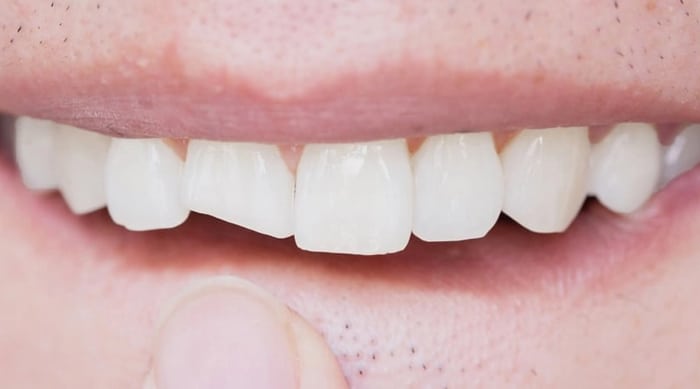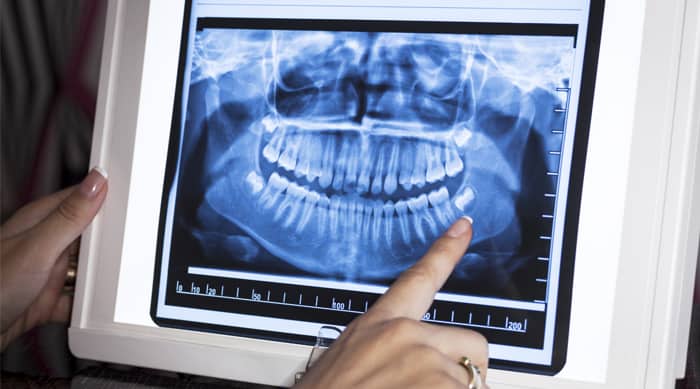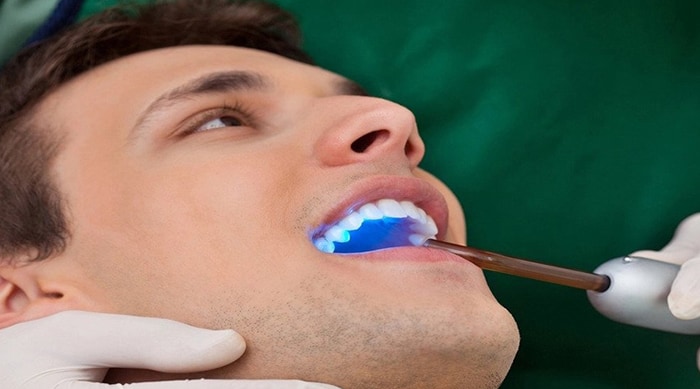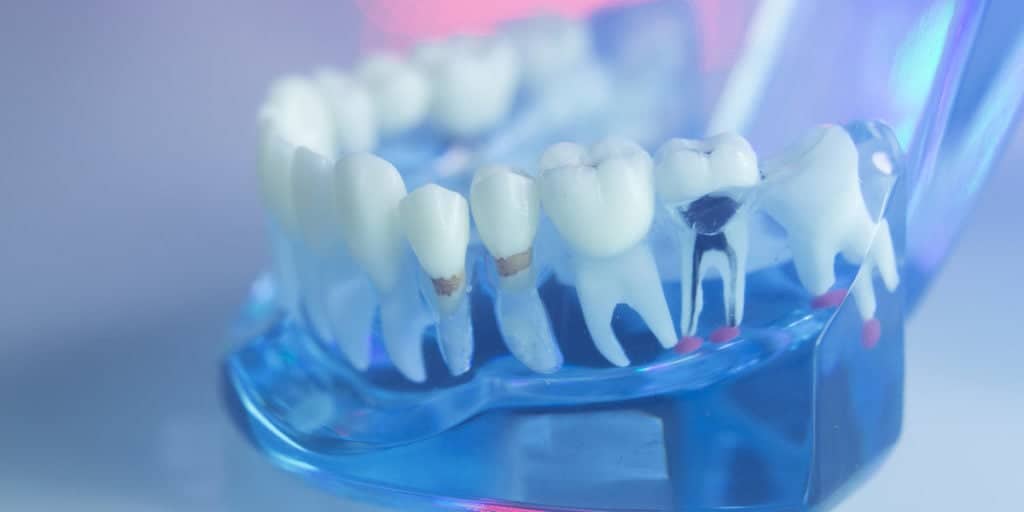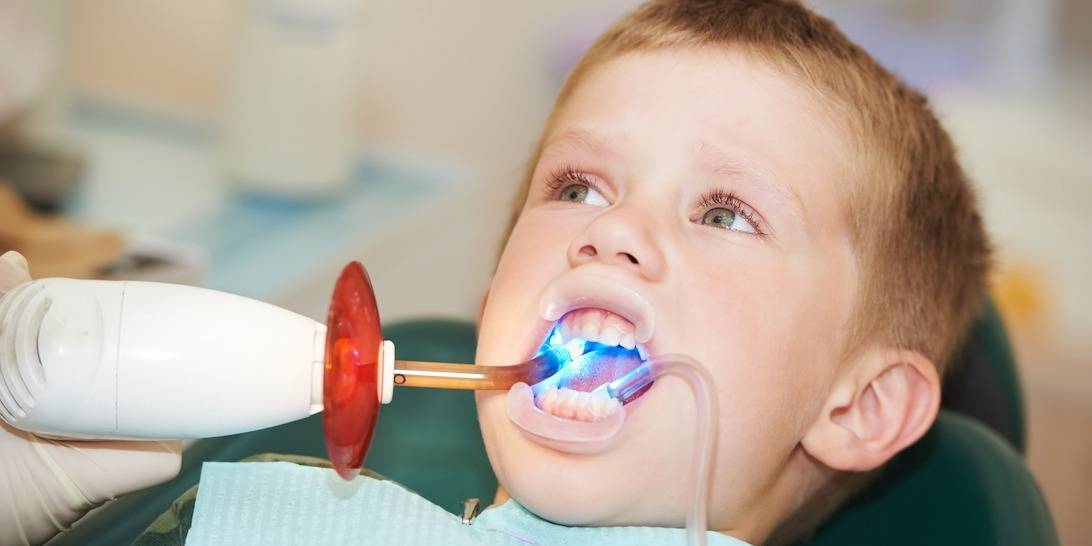
An oral cancer screening in Markham is a vital part of oral health care, right? There is a lot of debate surrounding oral cancer screenings. Some people believe that they are a scam, while others find them to be an important way to detect the disease early on. So, what is the truth?
What is oral cancer screening?
Oral cancer screening helps identify early signs of mouth cancer and provides the best chance for successful treatment. It may include a physical examination of the head and neck, dental x-rays, and other tests. Knowing which type of oral cancer screening is right for you is an important step in protecting your oral health.
Why you should get it?
When you hear the word cancer, what comes to mind? For most people, it is a fear of the unknown. While many forms of cancer are deadly, oral cancer is highly treatable when caught early. Here are just a few of the benefits of oral cancer screening:
1. Early detection save lives
Oral cancer screenings can detect tumours in their early stages when they are easiest to treat.
2. It’s quick and easy.
A simple mouth exam takes just a few minutes and can be performed by your dentist during your regular check-up.
3. It’s affordable.
Oral cancer screenings are typically covered during your regular dental exam. It will only be necessary to spend more when the disease has been diagnosed and additional treatment is needed.
Signs and symptoms of oral cancer
Oral cancer is a type of cancer that starts in the mouth. It can affect the lips, tongue, gums, roof of the mouth, and other parts of the head and neck. In addition, it is often diagnosed early because it causes visible changes in the mouth.
However, many people don’t notice these changes until the diseases have progressed. That is why it is important to know the warning signs of oral cancer and see your dentist regularly for check-ups.
- Lumps in the mouth or neck
- Persistent feeling of numbness on the lip or tongue
- White and red patches on the lining of the mouth and tongue
- A change in speech
- Mouth sores that do not heal for weeks
- Swelling or pain in the jaw
- Struggling in chewing
- Severe sore throat
What happens during the examination?
When you go in for your regular dental checkup, your dentist will also perform an oral cancer exam. This is an important part of your overall health care and it can help to detect any potential problems with your mouth early on. Here are the oral cancer screening steps your dentist will perform.
- Before the screening, if you are wearing any dental appliances make sure to remove them so your dentist can examine your mouth fully.
- The dentist will then check any swelling, bumps or abnormalities in your mouth.
- They will also check your face, neck, lips, jaw and even your nose.
- Using a light and a mirror, they will check the back of your tongue and mouth.
- They will also feel for any abnormal nodules or masses on your face and neck.
In some cases, the dentist will use special dyes and lights to look for signs of oral cancer. Some of these tests include:
-
Fluorescence staining
After using a fluorescent mouth rinse, a special light is used to identify abnormal tissues.
-
Exfoliative cytology
The process of removing cells from the mouth with a cotton swab, a wooden stick, or a brush and examining them under a microscope for abnormalities.
-
Toluidine blue stain
Using a blue dye to coat mouth lesions to determine if the areas are developing into cancer.
Visit your dentist today
Oral cancer is a serious and deadly threat to your health. It doesn’t discriminate between gender or age and can affect you whether you’re young or old, male or female. Everyone must be aware of this disease and the best way to prevent it from happening is by visiting your Markham dentist regularly.

